Dances in Nicaragua, a country rich in cultural diversity and traditions, boasts a vibrant dance scene that reflects its indigenous, African, and Spanish heritage. From spirited folk dances rooted in rural communities to rhythmic Afro-Caribbean rhythms that pulse through coastal towns, Nicaragua’s dances are as diverse and colorful as its landscapes. In this exploration, we’ll delve into the national and regional dances of Nicaragua, uncovering their unique characteristics, cultural significance, and the stories they tell about the country’s history and identity.
1. National Dances:
Nicaragua’s national dances are deeply ingrained in the country’s cultural fabric, serving as expressions of national pride, unity, and identity. These dances often draw inspiration from indigenous traditions, Spanish colonial influences, and African rhythms, creating a dynamic fusion of styles and movements that showcase Nicaragua’s cultural diversity.
Mestizaje Dance (Baile de Mestizaje):
Mestizaje Dance, also known as Baile de Mestizaje, is a celebration of Nicaragua’s mixed heritage and multicultural identity. This folk dance blends indigenous, Spanish, and African elements, incorporating lively footwork, vibrant costumes, and traditional music into a dynamic display of cultural fusion.
Characteristics:
- Mestizaje Dance features a combination of indigenous, Spanish, and African dance styles, reflecting Nicaragua’s diverse cultural heritage.
- Dancers wear colorful costumes adorned with feathers, beads, and embroidery, symbolizing the blending of different cultural traditions.
- The dance is accompanied by traditional music, including indigenous drums, Spanish guitars, and African percussion instruments, creating a rhythmic fusion of sounds.
- Movements are characterized by energetic footwork, graceful arm gestures, and synchronized choreography that showcases the dancers’ skill and agility.
- Mestizaje Dance is often performed at festivals, cultural events, and celebrations, serving as a symbol of national unity and cultural pride.
Son Nica:
Son Nica is a popular musical genre and dance style that originated in Nicaragua’s Caribbean coast, influenced by Afro-Caribbean rhythms and traditions. This lively dance is characterized by its infectious beats, syncopated rhythms, and playful choreography, making it a favorite among dancers and audiences alike.
Characteristics:
- Son Nica features a blend of Afro-Caribbean rhythms, including reggae, calypso, soca, and mento, infused with Nicaraguan musical elements and influences.
- The dance is characterized by its energetic movements, hip-shaking, and fluid body isolations, reflecting the vibrancy and spontaneity of Caribbean dance styles.
- Dancers often wear colorful costumes, adorned with sequins, feathers, and bright fabrics, adding to the festive atmosphere of the dance.
- Son Nica is accompanied by live music, typically performed by a band or ensemble consisting of drums, percussion, brass instruments, and vocals.
- The dance is a popular feature of cultural festivals, carnivals, and street parties, where locals and visitors alike gather to celebrate and dance to the rhythm of Son Nica.
2. Regional Dances:
In addition to national dances, Nicaragua is home to a rich tapestry of regional dances that reflect the cultural diversity and distinct traditions of different regions across the country. These dances often vary in style, costume, and musical accompaniment, offering a glimpse into the unique cultural heritage of each region.
Gigantona and Enano:
The Gigantona and Enano dance is a traditional folk performance that originated in the city of León, Nicaragua. This colorful and playful dance features oversized puppet figures known as the Gigantona (giant woman) and the Enano (dwarf), who are manipulated by dancers to the rhythm of lively music and chants.
Characteristics:
- The Gigantona is a towering figure adorned with a large dress, exaggerated features, and a towering headdress, symbolizing Spanish colonial authority and influence.
- The Enano is a smaller figure dressed in indigenous attire, representing the indigenous peoples of Nicaragua and their resistance to colonial rule.
- The dance is accompanied by traditional music, including drums, marimbas, and brass instruments, as well as rhythmic chants and calls from the dancers.
- Dancers manipulate the puppet figures with skill and precision, using strings or rods to create lifelike movements and interactions between the Gigantona and Enano.
- The Gigantona and Enano dance is performed at festivals, processions, and cultural events, where it serves as a symbol of resistance, resilience, and cultural pride.
Palo de Mayo:
Palo de Mayo is a traditional Afro-Caribbean dance and music style that originated in the coastal regions of Nicaragua, particularly in Bluefields and the surrounding areas. This lively and rhythmic dance is characterized by its infectious beats, sensual movements, and vibrant costumes, making it a popular feature of cultural festivals and celebrations.
Characteristics:
- Palo de Mayo features a blend of African, indigenous, and European musical elements, including drumming, chanting, and call-and-response vocals.
- The dance is characterized by its sensual movements, hip-shaking, and body isolations, which reflect the influence of African dance styles and traditions.
- Dancers often wear elaborate costumes adorned with sequins, beads, and feathers, adding to the festive atmosphere of the dance.
- Palo de Mayo is accompanied by live music, typically performed by a band or ensemble consisting of drums, percussion, brass instruments, and vocals.
- The dance is a central feature of the annual Palo de Mayo festival, which takes place during the month of May and attracts participants from across Nicaragua and the Caribbean region.
Conclusion:
Nicaragua’s national and regional dances are a vibrant expression of the country’s cultural heritage, diversity, and identity. From the spirited folk dances that celebrate the nation’s mixed heritage to the rhythmic Afro-Caribbean rhythms that pulse through coastal towns, Nicaraguan dances offer a dynamic and colorful tapestry of traditions, stories, and rhythms. Whether performed at festivals, cultural events, or community celebrations, these dances serve as symbols of unity, pride, and resilience, bringing people together and celebrating the rich cultural tapestry of Nicaragua.


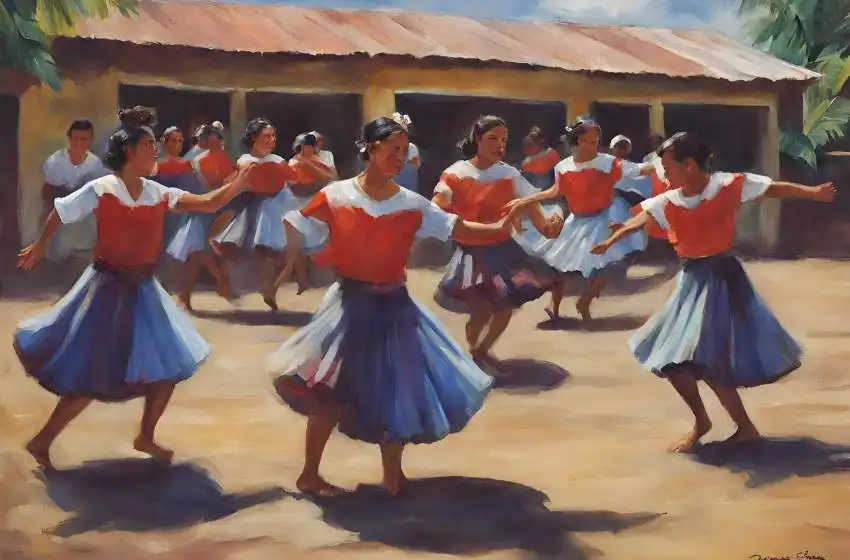
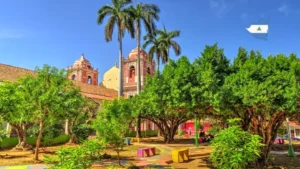

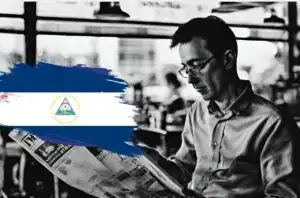
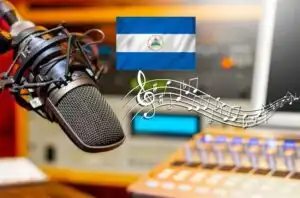
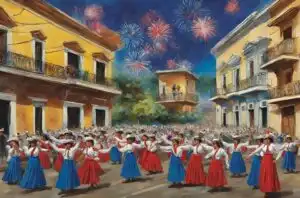
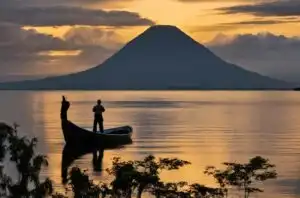
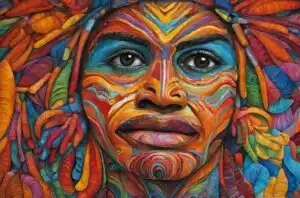

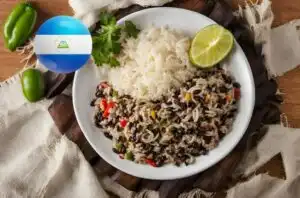
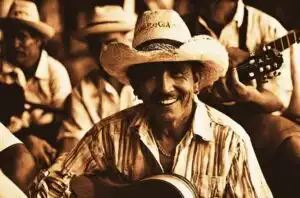
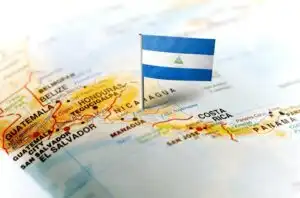
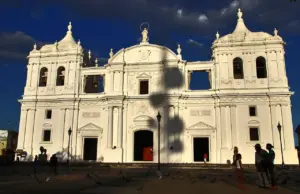
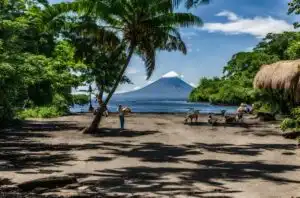
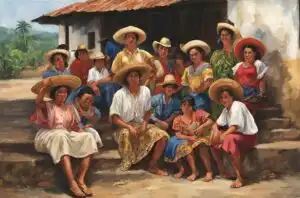
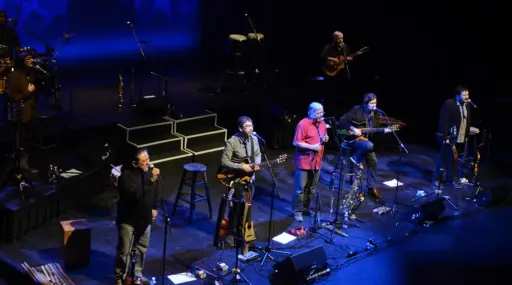
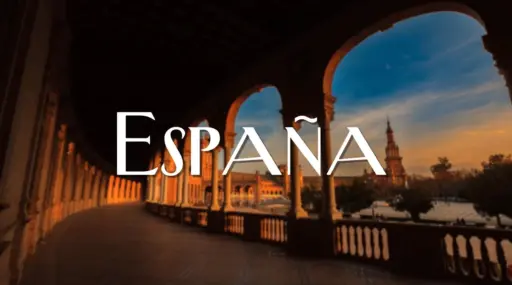
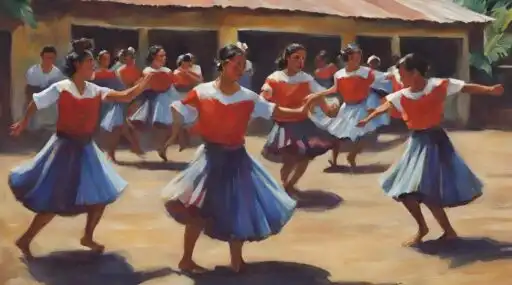



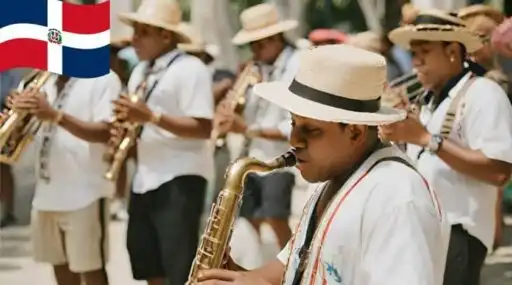



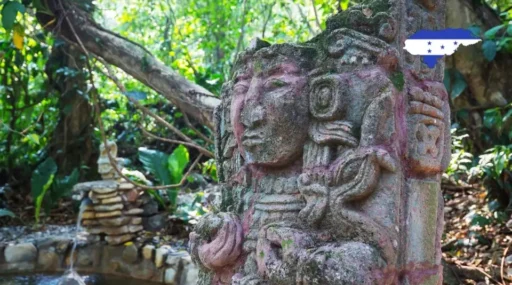
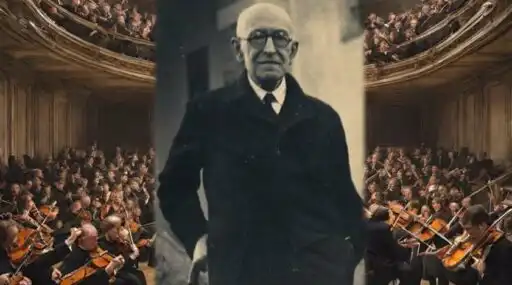


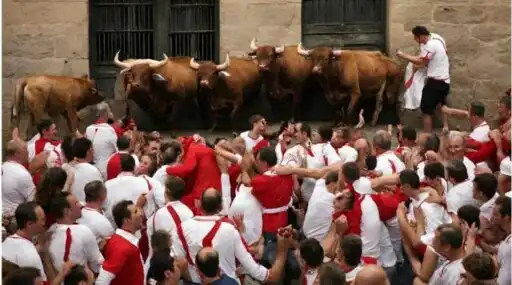
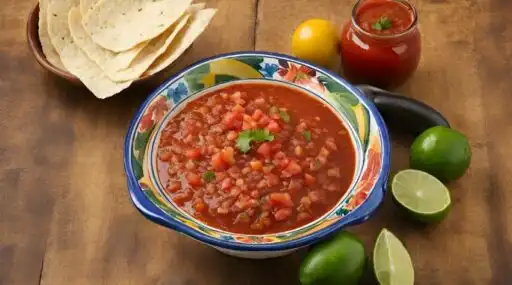

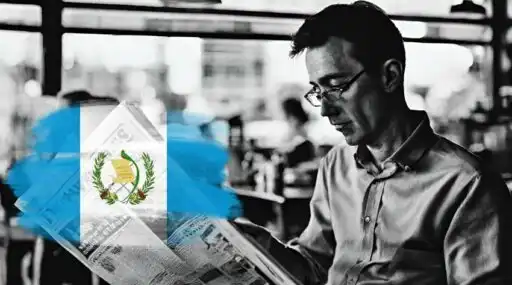
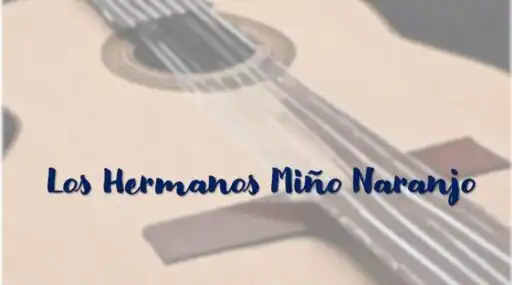


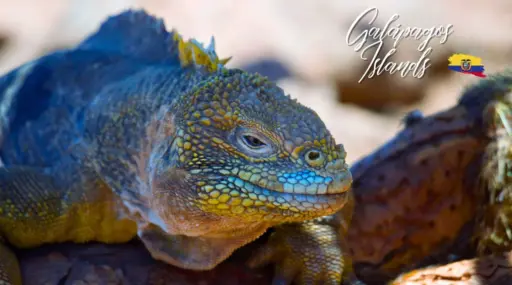

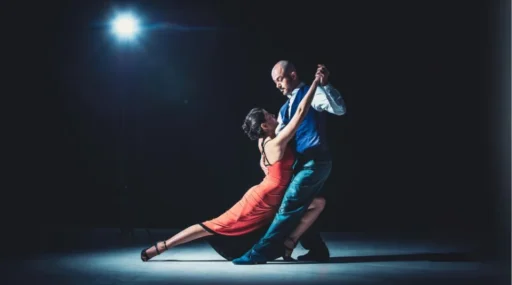
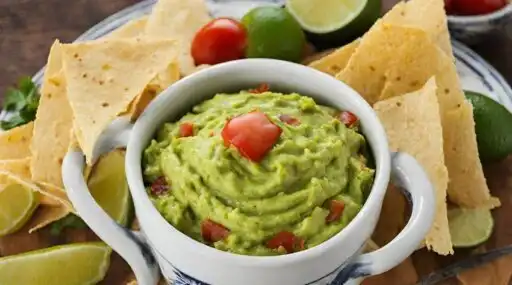
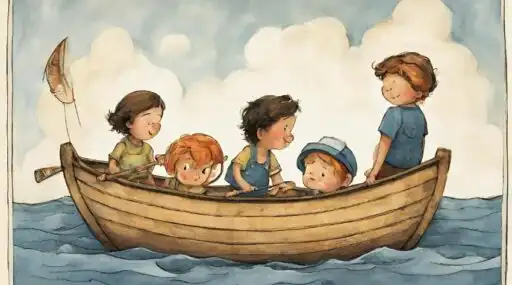
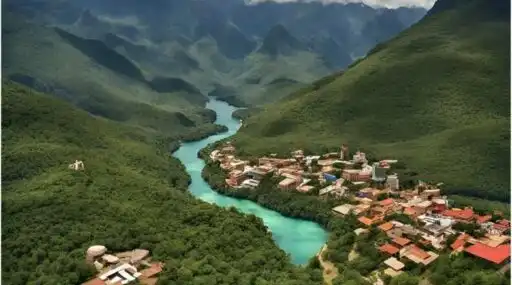
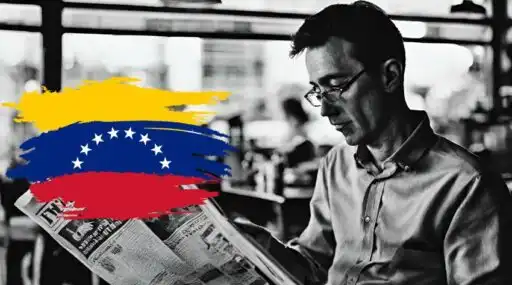
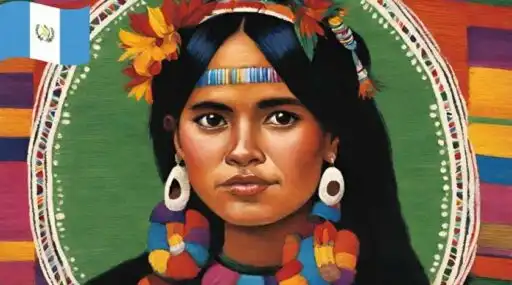
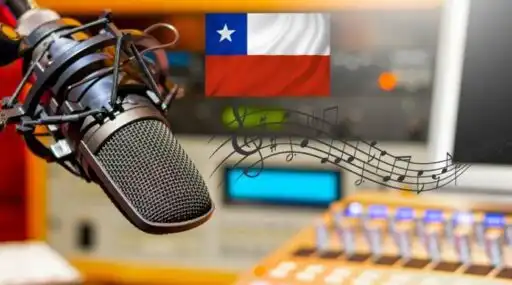
Leave a Reply